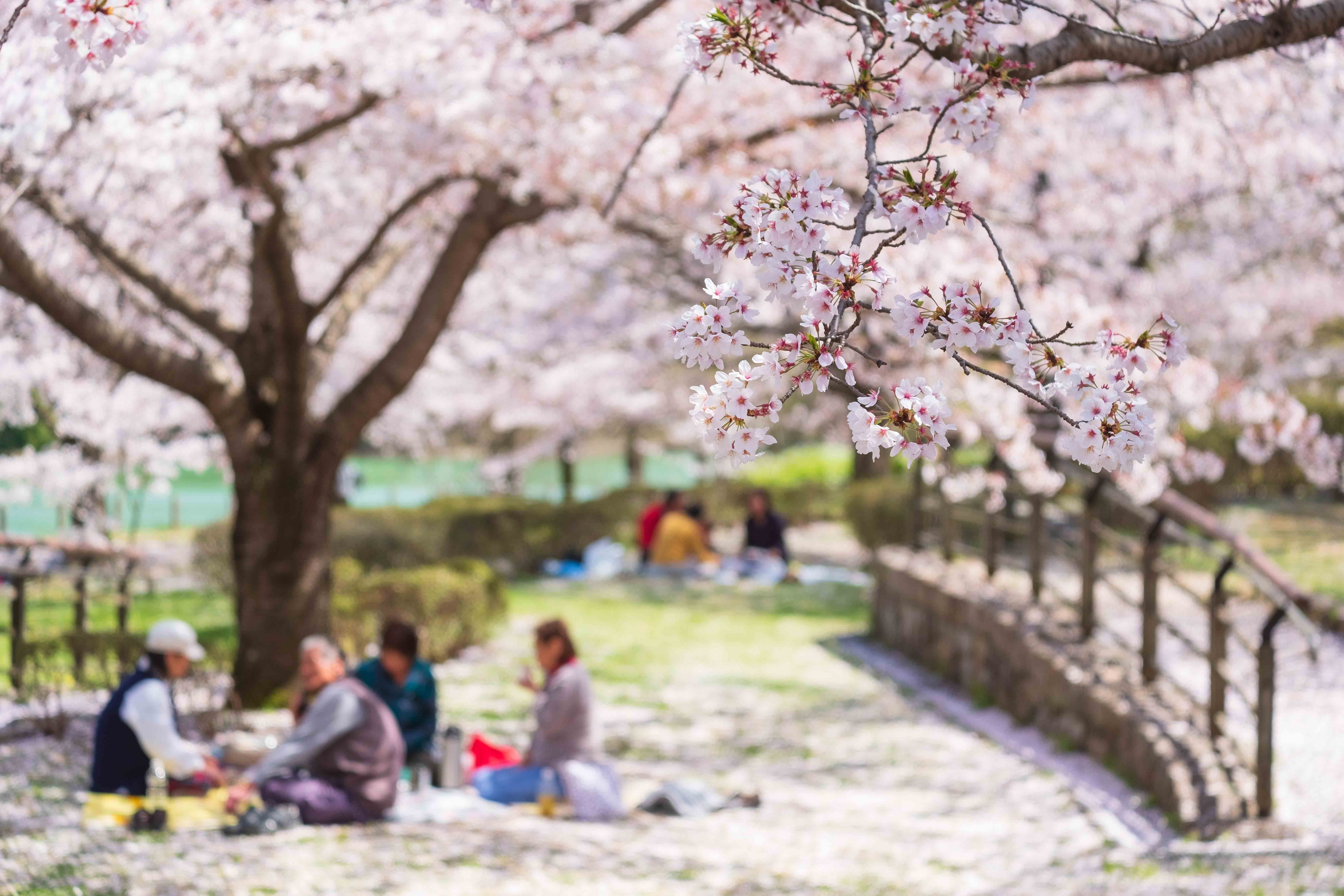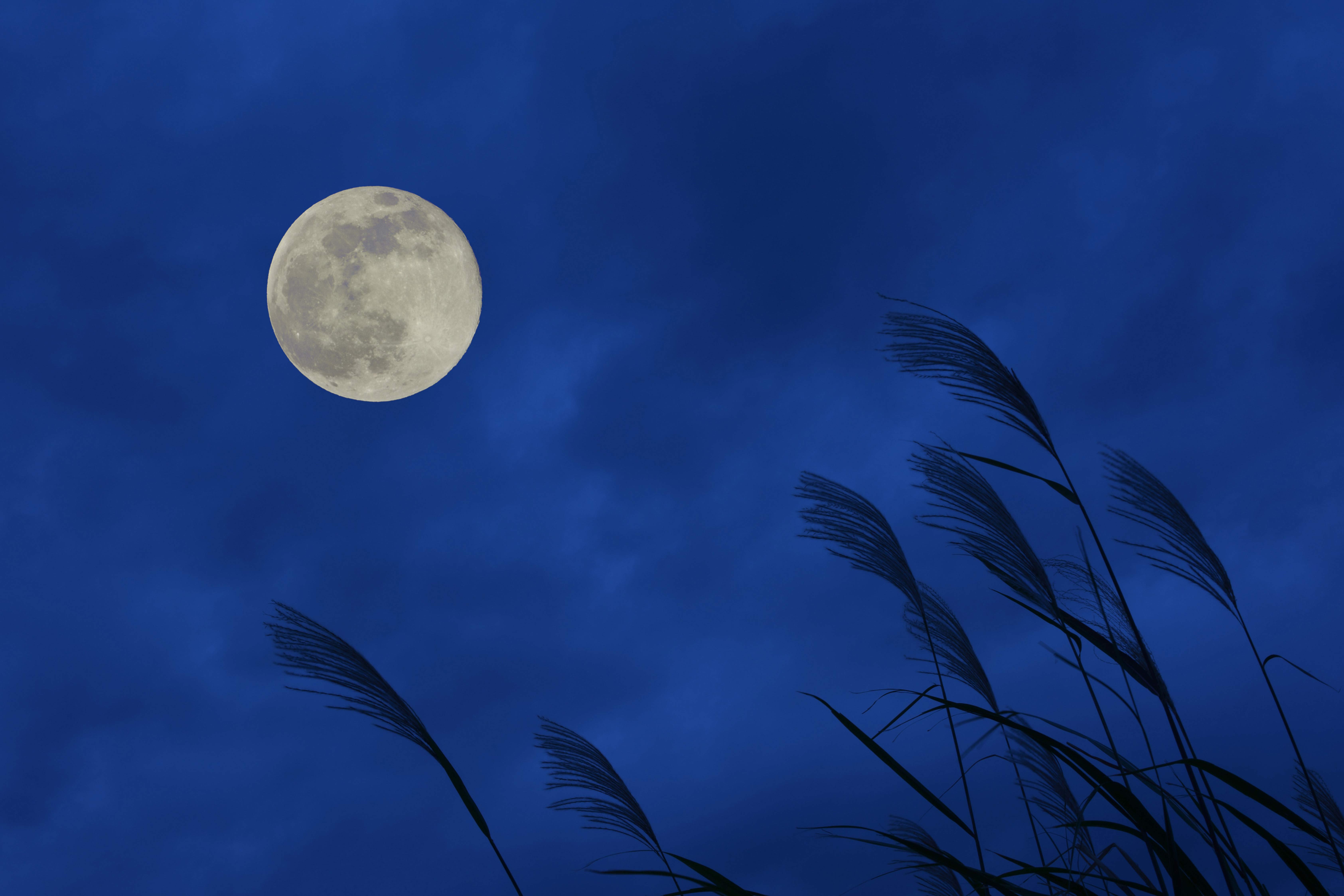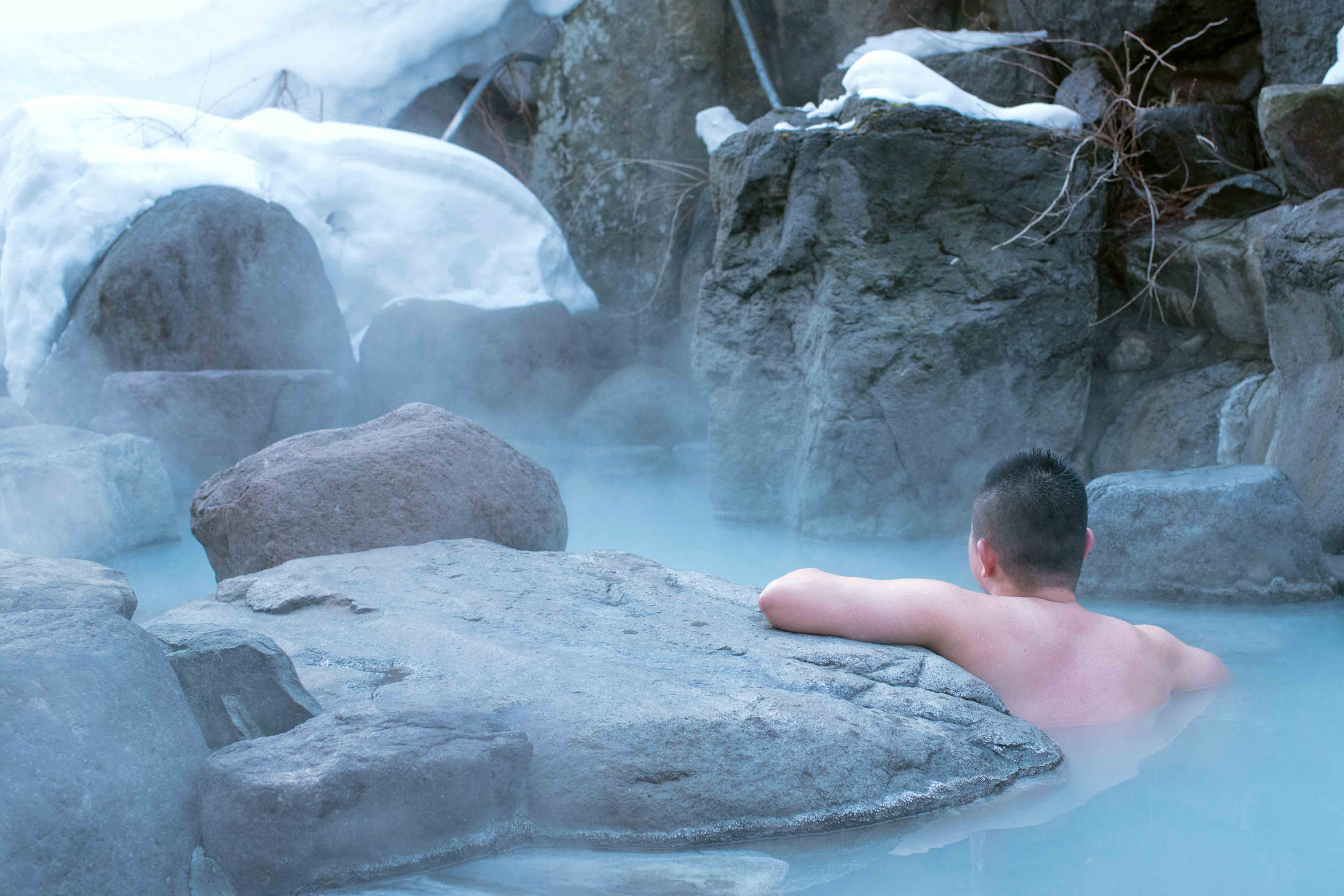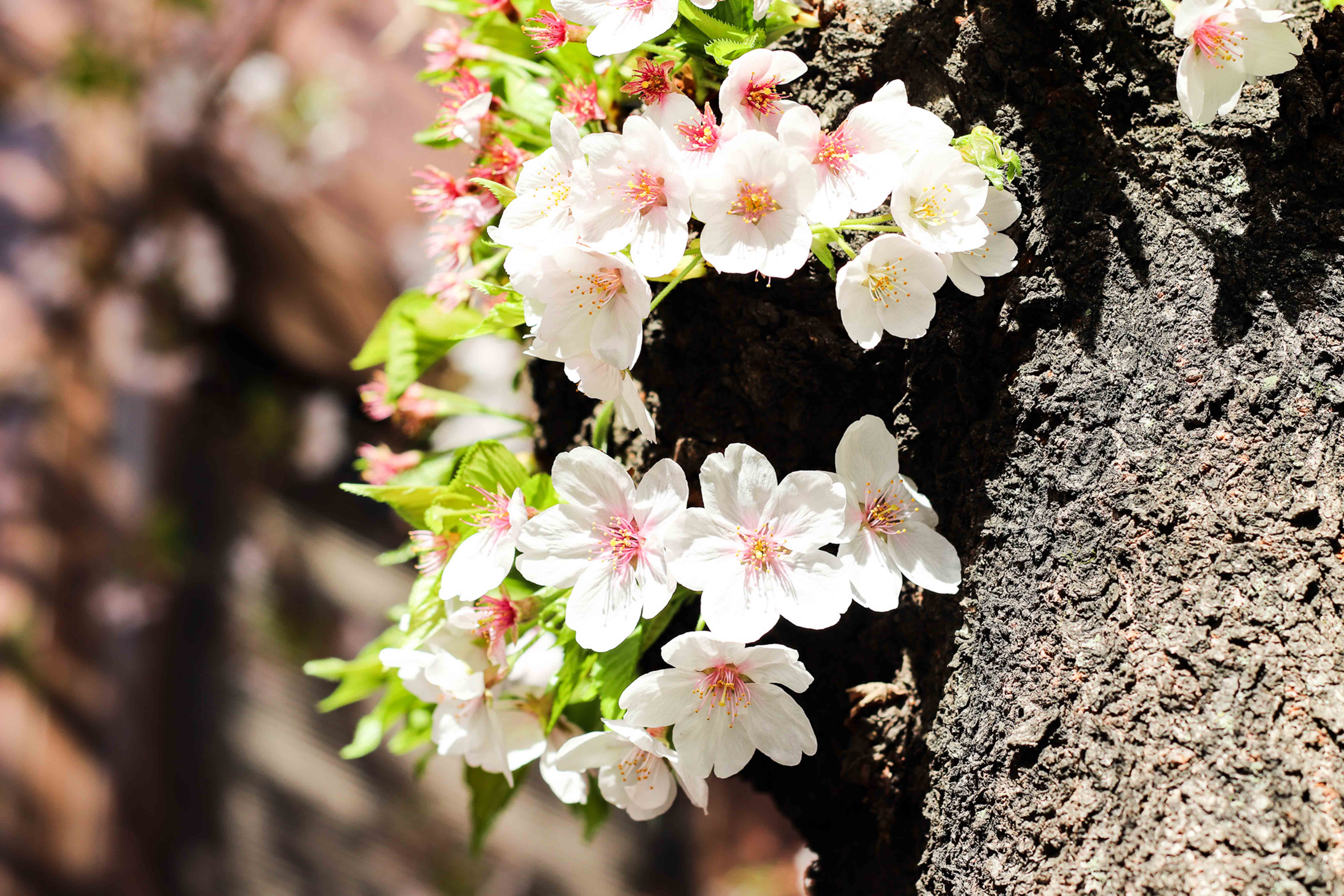In this article, we would like to talk about the events that Japanese people hold to enjoy the beauty of nature. For a long time, Japanese people have been actively trying to enjoy the changing and the richness of traditional seasonable nature around them. They had a lot of events to do that. Many of the annual events held at shrines, temples and other places are also based on the seasons, and our ancestors also enjoyed such events. There were no social networking tools and no web content. There were far fewer entertainments such as movies, music, TV, plays, paintings, and books. Perhaps that may be why our ancestors were more sensitive to the changes in nature than we are today. Even for us who live in the modern world, the way we pass the time in our daily lives is completely different from what it used to be when we were a generation ago, right? Of course, our interests and values can change completely in just a decade or so. If living in a different era for hundreds of years, our interests and values will be completely different, right? When thinking about which is better, now or in the past, it’s quite difficult to give a clear answer. However, even today, we Japanese still have the desire to enjoy the changing and the richness of traditional seasonable nature. In other words, the desire will be a kind of “emotional depth” or “enthusiasm”.
Have you ever heard of the phrase “花鳥風月(Kachofugetsu)”? Each Kanji letter means, “花”→flowers, “鳥”→birds, “風”→wind(or air), “月”→moon. It is a Japanese phrase, that describes the changing and the richness of traditional seasonable nature. It means a beautiful natural landscape, scene, atmosphere, or feeling of emotional air. Don’t you think the phrase really beautiful? Our ancestors tried to love and enjoy this “花鳥風月(Kachofugetsu)” very well. The colors and fragrances of flowers. The singing out of birds. The smells or texture of wind, air, and atmosphere that vary with each season. The moon, which repeatedly waxes and wanes as it lights up the night… (Hmmm, I wish I had a talent for poetry…) Well, anyway, you know? Our sensibility and sense of value of sensing the subtle changes in these things and being moved by them has been passed down to this day. Maybe… Surely… Maybe some… For example, something like the following.
・O-Hanami:

It is an ancient Japanese custom to enjoy viewing the flowers of the season. Cherry blossom viewing held in the spring is a typical example. There are also peach and plum blossoms in the near season. Cherry blossoms, peaches, and plum blossoms have been popular among Japanese people for a long time, and there are many places where they are famous.
・O-Tsukimi:

An ancient Japanese custom of viewing and enjoying the moon (mainly the full moon) of the season. The “15th night of August (Chusyu-no-Meigetsu)” and the “13th night of September” and the “10th night of October” are represented. If the moon can’t be seen due to weather conditions, people may wait for the next full moon to enjoy it. It’s called “Tsuki-machi (waiting for the moon)”.
・Momiji-gari:

It is an ancient Japanese custom to enjoy looking at the Japanese maple (momiji) leaves in the middle of autumn.” Though “Gari” is a word that means “hunt”, You don’t have to hunt. Not only maple trees, but also broadleaf trees change their colors in various ways during this time of the year, which makes viewing autumn leaves very popular.
・Yukimi:

This is not a custom, though. In areas where it doesn’t always snow in the winter, people enjoy watching the snow fall and accumulate. We also enjoyed seeing the “Hatsu-yuki(first snowfall)”.
It’s a very nice custom, don’t you think? However, it is a bit doubtful that Japanese people today enjoy such events in their original sense. There is no denying the fact that people use these events as an excuse to get together and make some noise. There is a saying, “Dumplings rather than flowers”, you know. Well, but if we can all enjoy it, then we guess it’s okay. Festivals and fairs associated with the seasons can also be considered as a kind of events to enjoy the “花鳥風月(Kachofugetsu)”. There are many such events in each region. The “Hozuki Market” and the “Wind Bell Market” are often featured in news reports about the season. In fact, when we watch such news, we feel like, “Oh, it’s that season”. How about you all join us?
Insects’ Chirps
Japanese people have long had a culture of listening to and enjoying “sound”. We have heard that “wind chimes” and “shishi-odoshi” are popular among people overseas as gimmicks for enjoying “sound”. Of course, not only “sound” created by human hands, but “sound” caused by nature was also an object of interest for the Japanese. The rustling of the wind, the murmuring of clear streams, the singing of birds, animals, and others… They have sensed the “sounds” sensitively and enjoyed the deep emotion of each season. The “sounds” from such natural surroundings are often an important expressive element in Japanese poetry, waka, haiku, novels, movies, or other creative works. Some “sounds” are treated like icons, representing not only the seasons and scenes but also emotions and sentiments. Among such “sounds” created by a natural surroundings, Japanese people’s perception of “insects’ chirps” is a little unusual. Japanese people find emotional attachment to the chirping of insects heard in the fields and mountains, especially during the summer and autumn seasons. We feel like, “Oh, that’s a beautiful…” or “It’s so emotional…” or something like that. Most of the time, we don’t take them as noise or noises. This culture of enjoying “insects’ Chirps” is not common in other countries, isn’t it? Perhaps, we guess that not even the insects that inhabit Japan have a particularly beautiful chirping. We are sure that there are many insects that emit rare and beautiful chirps in other countries… If you are interested, please give it a try and listen to the “insects’ Chirps” with a sense of “enjoyment”. You might be moved in a new way.




_op.png)
_001.png)
_002-1.png)
_003.png)
_004.png)
_005.png)
_006.png)
_007.png)
_op.png)
_001.png)
_002.png)
_003.png)
_004.png)
_005.png)
_006.png)
_007.png)
_008.png)
_op.png)
_001.png)
_002.png)
_003.png)
_004.png)
_005.png)
_006.png)
_007.png)
_008.png)
